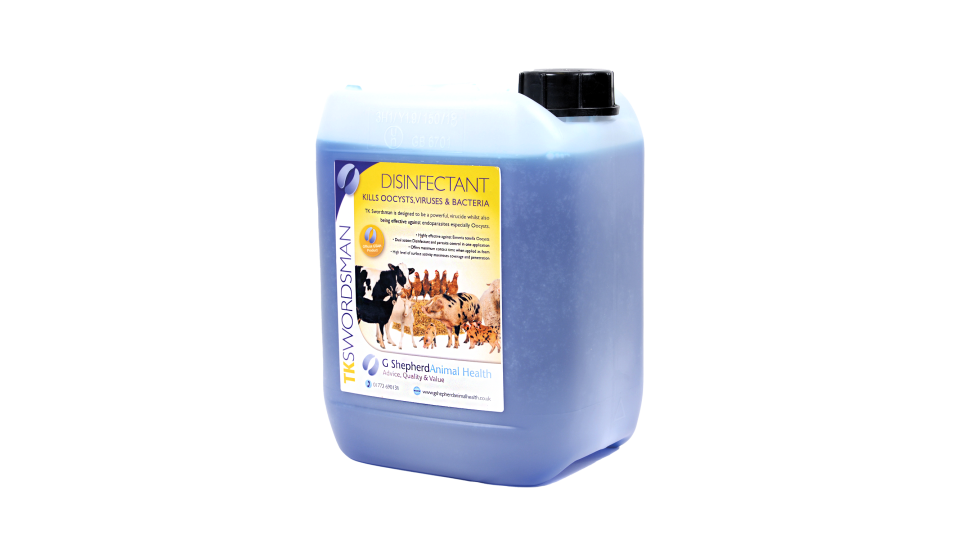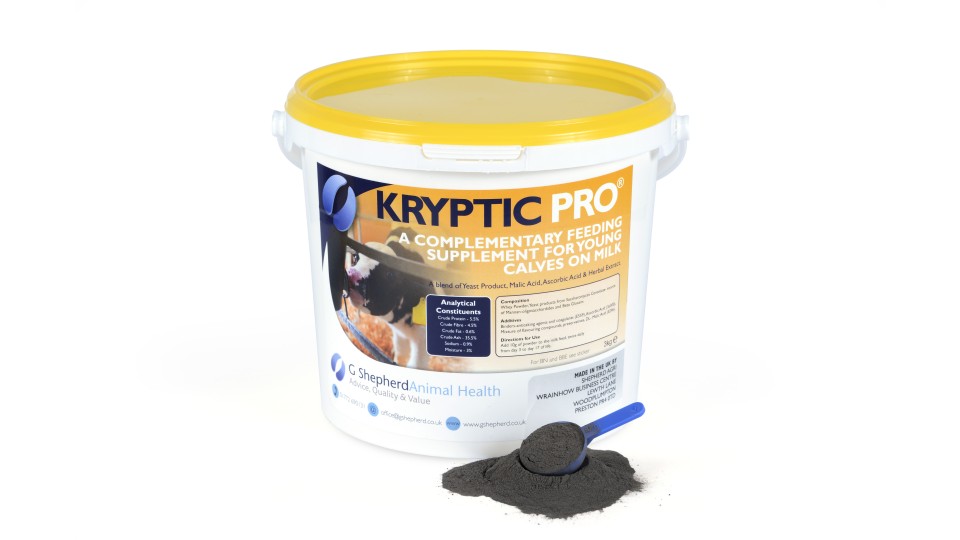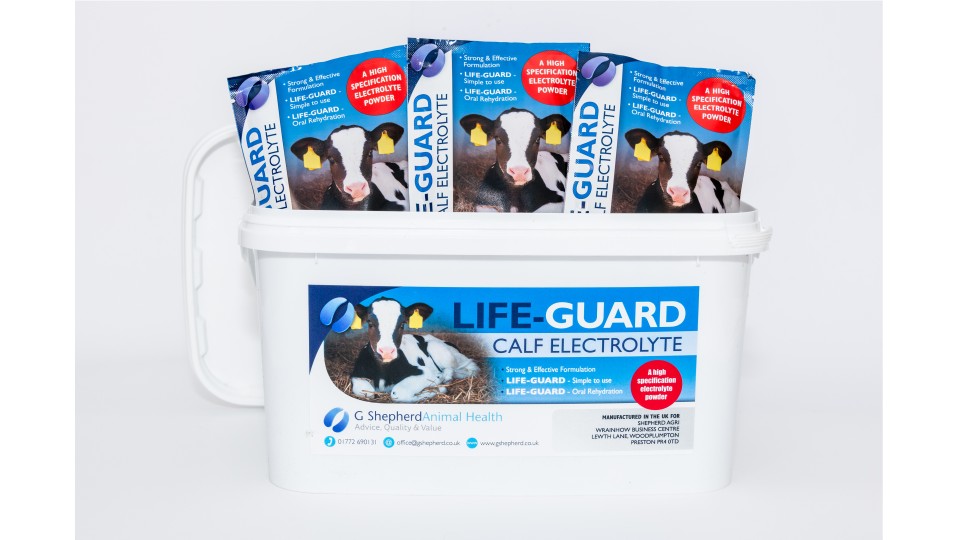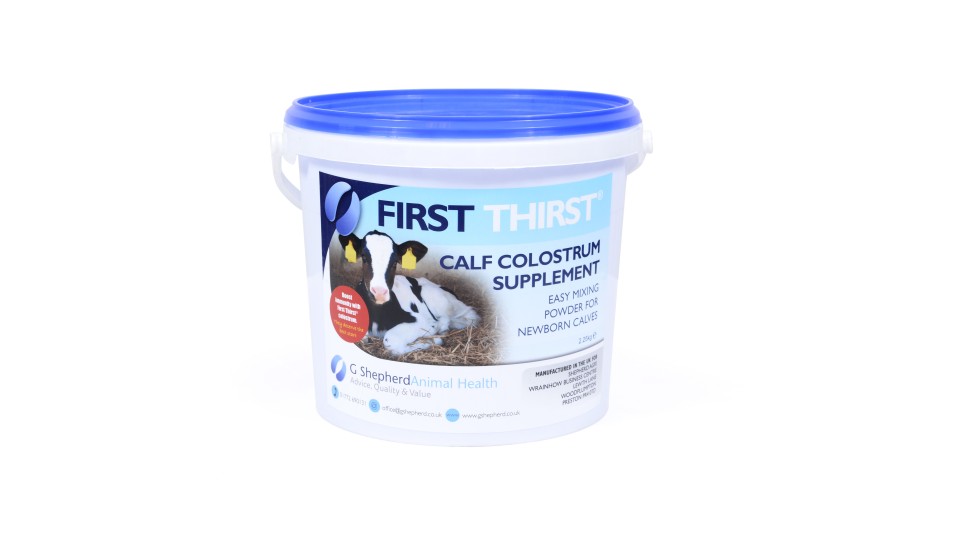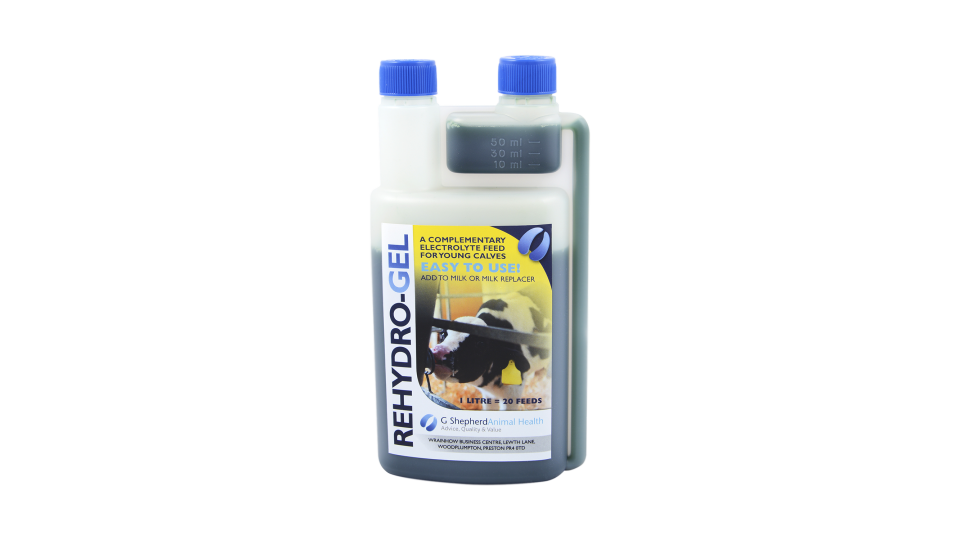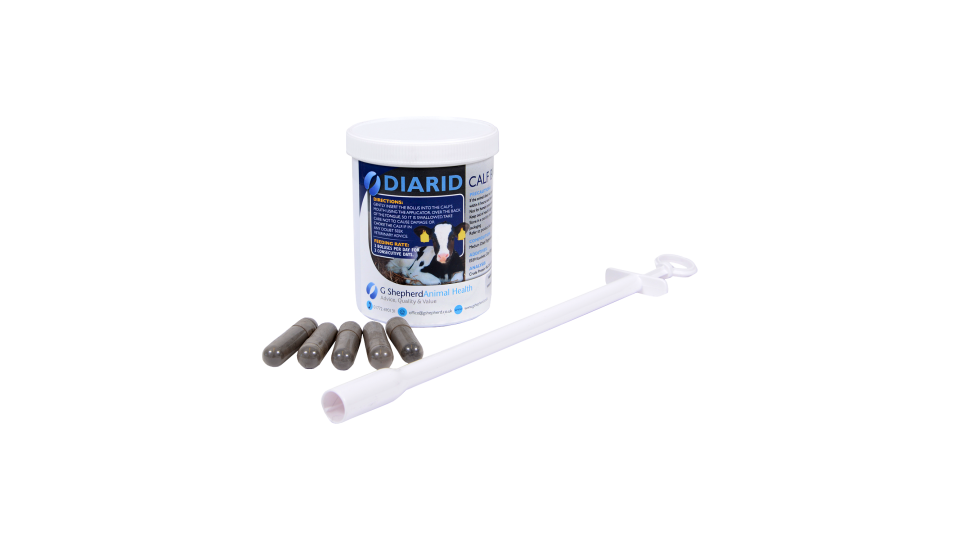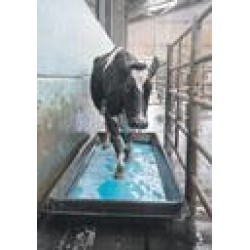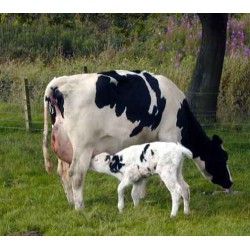Curbing the risk of crypto in calves
Written by Katie Fallon, Agriconnect.
A disease affecting both the UK’s dairy and beef industry, cryptosporidiosis (crypto) is caused by a protozoa called cryptosporidium parvum found in the environment.
The protozoa rapidly multiply in infected animals, from a small infective dose to billions of spores which become a thick-walled spore that is very resistant in the environment, says Dr Graham Shepherd of G. Shepherd Animal Health.
He explains the protozoa is found on surfaces and is very easily spread in water, therefore can often be found in drinking water given to calves, or the water used to mix milk powder.
Calves are most susceptible to infection pre-weaning, says Dr Shepherd, with three days of age up to six weeks being the most common time frame in which they are infected. Symptoms are mostly diarrhoea, alongside severe dehydration and general depression.
Young calves are particularly vulnerable to the disease due to their undeveloped immune system at birth. While colostrum will provide a greater resistance, crypto is an aggressive pathogen which can be made worse if another cause of diarrhoea is also present.
Dr Shepherd says: “The infection causes diarrhoea, often with blood, but it can sometimes be even more aggressive as it can act at the same time as other infections such as rotavirus, coronavirus and e-coli, which is when you are more likely to see deaths.
“This is due to the calf experiencing a double challenge, where twice as many gut cells are lost and the immune system is weakened. The crypto breeds inside the cells of the gut, then ruptures the cells which causes severe gut damage.
If a crypto infection is suspected, Dr Shepherd advises faecal testing to confirm the infection.
Dr Shepherd says the cornerstone of treatment is rehydration and he advises treatment using an oral electrolyte product to rehydrate the calf.
However, if a calf does not have a suck reflex, veterinary assistance is advised. In these situations intravenous fluids may be required or in some cases euthanasia.

In terms of electrolyte treatment, Dr Shepherd says if the calf is still drinking voluntarily, it could be given an electrolyte specifically designed to be put in the milk.
But if the calf needs stomach tubing, he recommends using a sachet product which is mixed with water.
Dr Shepherd says: “If calves need to be tubed you should strongly consider calling the vet, as intravenous fluid therapy may be needed.
“The issue is, you can rehydrate these calves, but the gut damage is that severe they still might not live, recover or be healthy. If calves are requiring a high level of treatment the animal is less likely to become a productive adult.”
Disinfection is a key source of preventing crypto says Dr Shepherd, however he says it is important to use a disinfectant which has been tested and proven to be effective against crypto.
Good colostrum management is another preventative action.
“If you know you have crypto on farm the two key areas of prevention to look at are colostrum and disinfection,” says Dr Shepherd.
“You could talk to your vet about preventative medication, one of which is antibiotics, which is a definite last resort.”
He adds, there are preventative products which can be added to the milk as a blanket treatment for all calves from the first week of life, which provides a level of immunity to calves.
------------------------------------------------------------------------------------------------------------
Ultimately, Dr Shepherd says preventing infectious diseases comes down the ‘the balance of disease’, a concept he uses to explain disease prevention to his clients.

There are two key elements to balancing disease, bugs, and immunity.
The bugs element of the ‘scales’ includes hygiene, disinfection, and biosecurity, whereas immunity considers the resistance of that animal through colostrum management, and any other prescribed additives.
“If you increase the number of the bugs, it increases the risk of illness, whereas if you lower the presence of bugs through good hygiene and biosecurity and increase the level of immunity through good colostrum management it improves the wellness of the animal.”

